Liturgy as Formative Worship
Many theologians define liturgy as a sequential set of actions making up a “sacred structure or shape.” At the climax of this sacred shape is the Eucharist. Thus liturgy is what happens only in church services or mass. Anglican Samuel Wells (2002) concurs and sees each step or action of the liturgy as pedagogy[i]. Each action or step of the liturgy conveys a spiritual lesson to the people involved in the liturgy. Lynn Bauman explains, “The term liturgy comes from the language of the New Testament itself. It comprises of two Greek words, laos meaning ‘people’ and ergon meaning ‘work’ (Luke 1:23; Phil. 2:17; He. 8:6). Together these terms signify that worship is a work that invites the whole people of God in the transforming sacrifice of Christ” (Bauman, 1994, 103). Liturgical worship has a contributing factor in Christian spiritual formation because it brings the worship into the daily life of the worshippers. These understandings of the liturgy as work implies the participants are to live out the liturgy (in their workplace) the rest of the week. (Bauman, 1994, 103-107). Liturgical worship is a power dynamic process for English-speaking Presbyterians and other Christians because the experience of continuing worship in churches and in their work will have a powerful effect on their spiritual formation.
While some theologian distinguishes liturgy and worship, especially those from non-liturgical churches, Singaporean theologian Simon Chan see no difference between liturgy and worship. Chan defines liturgy as “the people’s common response to that word (God’s calling), their acceptance of the Word, which constitutes them as the covenant people.”(2006, 41). This definition narrows liturgy and worship to a covenant celebration, rather to a celebration of the outward flow of grace. However, it is better to expand its understanding to beyond the rituals of the liturgy. Australian educator Ted Endacott adopts a middle point when he points out the importance of Sunday worship in connecting “traditional Christian beliefs and current experience” (2005, 14).
Works cited
Bauman, L. C. (1994). Spiritual Formation Through The Liturgy. In The Christian Educator's Handbook on Spiritual Formation (pp. 99-110). Grand Rapids, MI: Baker Books.
Chan, S. (2006). Liturgical Theology: The Church as Worshiping Community (1 ed.). Downers Grove, Illinois: InterVarsity Press.
Endacott, T. (2005). "Working the Circles": A Fresh Look at Mission, Worship and Christian Education. Australian Missiology Conference Retrieved 7 February 2008, from http://www.groupsthatclick.com/files/missiolconf/Papers/Endacott.pdf
Keating, T. (1987). The Mystery of Christ: The Liturgy as Spiritual Experience. New York: The Continuum Publishing Company.
Wells, S. (2002). How Common Worship Forms Local Character. Studies in Christian Ethics(15), 66-74.
Endnotes
[i] Thomas Keating however, sees each step as a powerful spiritual experience. (Keating, 1987)
|part 1|part 2|part 3|part 4|part 5|part 6|
Labels: Spiritual Formation, Worship




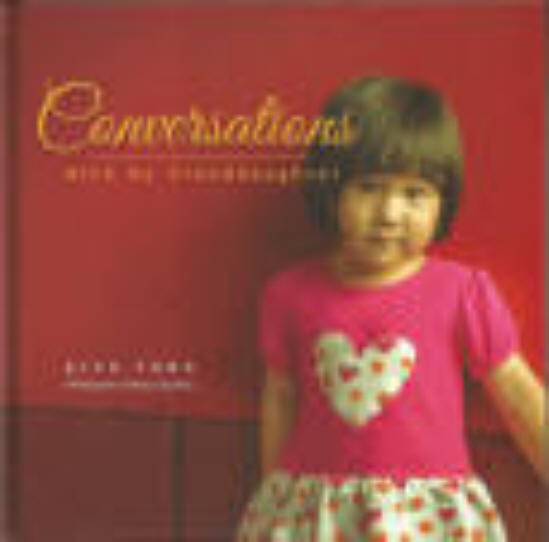
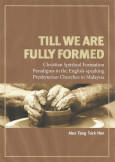
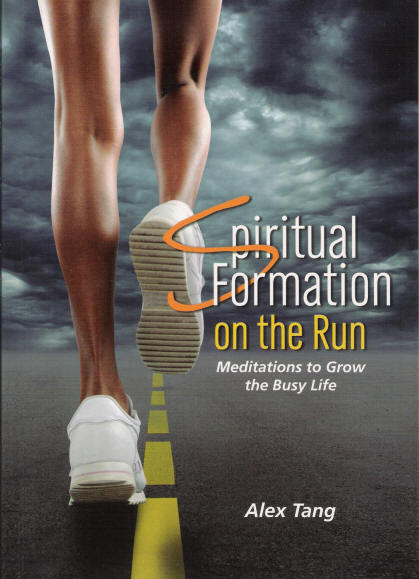
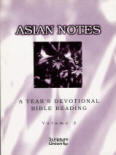
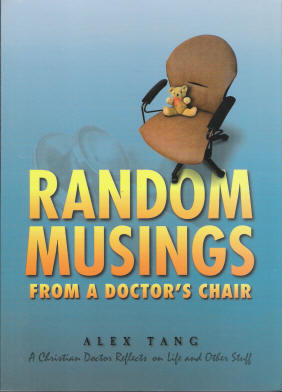

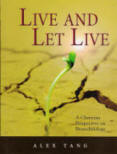


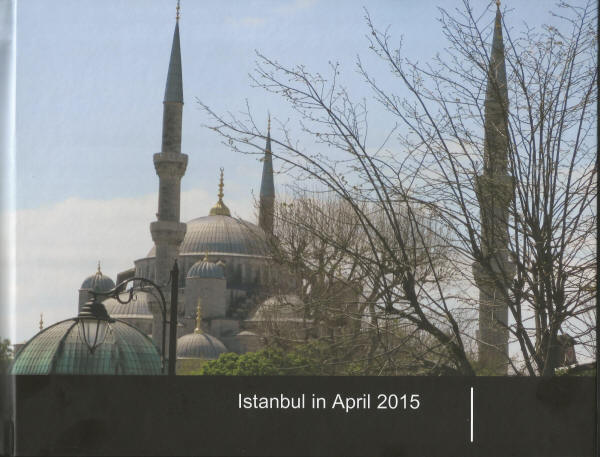
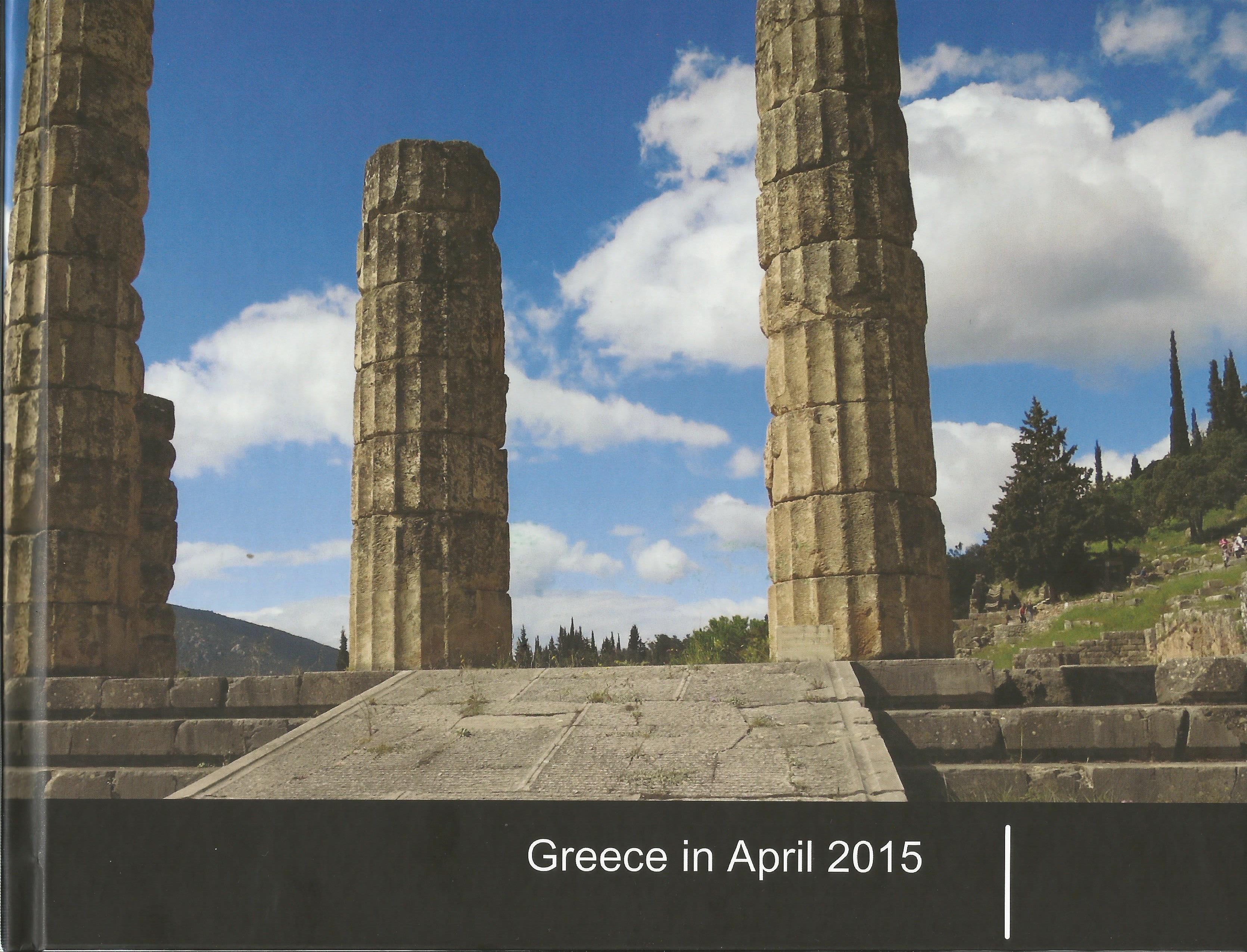
0 Comments:
Post a Comment
<< Home